Meet Your Creator: Brian Fies Of 'The Last Mechanical Monster'
by Caleb GoellnerBrian Fies knows his way around a webcomic. Already a GC fixture with his biographical series Mom's Cancer, Fies recently released a remastered version of his twice-Eisner-nominated series The Last Mechanical Monster.
A spiritual sequel to the classic Fleischer Superman cartoon "The Mechanical Monsters," Fies follows a mad scientist as he works to pick up the pieces after a very lengthy prison stay following a Man-of-Steel-foiled robotic bank robbing spree.
We reached out to Fies to learn more about his remastering process, his experience crafting comics in the internet age and more. Read on for our full interview.
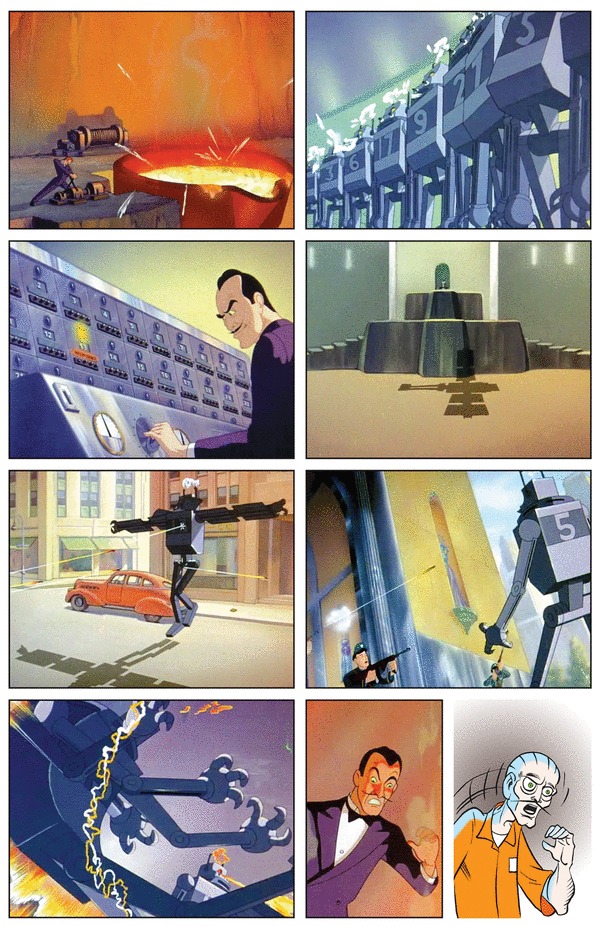 GC: The GoComics version of The Last Mechanical Monster has been remastered a bit from its original incarnation. What would you say the key changes are and why was now the time to make them?
GC: The GoComics version of The Last Mechanical Monster has been remastered a bit from its original incarnation. What would you say the key changes are and why was now the time to make them?
BF: The story remains the same. I’m taking the opportunity to redo some of the art I wasn’t entirely happy with in the first go-round. I’ll make a few story and text changes based on early readers’ feedback. But the big change is COLOR! I billed my original webcomic as “a work in progress,” which really meant it was mostly black-and-white because I just didn’t have time to color it. I was astonished by what a big difference it made. When color is done right, it doesn’t just decorate the pictures; it can capture characters and themes, invoke mood and place, and convey a whole storytelling meaning of its own. I tried to do that and I think it really enhances the story. Why now? I wasn’t sure what to do with The Last Mechanical Monster when the original story was done, but I knew the next step had to be color. It’s a value-added improvement that I hope encourages even someone who’s read it before to look at it again. I also wouldn’t mind if it were published as a book someday. Now it’s ready for anything.
GC: The Last Mechanical Monster sort of blends Fleischer design with your own art style. Was this a challenge, or was it such an intentional story that the art meld was inherently harmonious?
BF: Well, I appreciate the compliment, not sure it’s deserved! I drew the comic in my style because it’s the only style I’ve got! That said, I studied the Fleischer cartoons closely to incorporate what I could. Those artists in 1941 were masters. Their figures were dramatically lighted with a lot of chiaroscuro and the backgrounds were painted in a rich, vivid watercolor palate. I mixed some watercolors of my own for the backgrounds, and did what I could to make it look like the stories belonged in the same universe. I also studied how the Fleischer animators solved particular problems, especially the design of the Robot. Its figure is nothing but simple rectangular and cylindrical solids, which it would have to be for someone to draw it on-model 10,000 times. I imagined myself reaching back through time to shake their hands and say, “Hey, I see what you did there, very clever!”
GC: Have you kept up with post-Fleischer Superman much? Are there any other incarnations you've enjoyed?
BF: Who hasn’t grown up with Superman in one form or another? I enjoyed George Reeves when I was a kid (not in first run — I’m not quite that old) and think Christopher Reeve is still the definitive live-action Man of Steel. When he says “I’m here to fight for truth, justice and the American Way,” I believe him. I loved the Silver Age Superman of Curt Swan and Neal Adams. But I think the one incarnation that got Superman about as right as anyone’s ever gotten him was Superman: The Animated Series, where he was voiced by Tim Daly. And of course producer Bruce Timm acknowledges how much the Fleischer cartoons inspired his version, so it all comes around.
GC: What have your experiences publishing webcomics been like? What were your biggest takeaways and how have they informed what you've worked on since?
BF: Well, I did a webcomic called Mom’s Cancer that got some notice and won some awards a decade ago, was published by Abrams ComicArts, and is currently running on GoComics.com too! It was something of a pioneer. That experience led me to believe the Web might be a good home for The Last Mechanical Monster. But the webcomic universe had changed a lot in the 10 years since Mom’s Cancer, and I was very curious to see if it was still possible to write and draw a story, put it on the Web for little or no cost, and draw an audience with a little bare-bones do-it-yourself webcomic. I posted it on Google’s Blogger platform, which isn’t really built for webcomics (I tweaked the template to make it work) but was part of the experiment because it’s free and available to everyone, unlike a lot of the fancy, flashy webcomics portals. I wondered: If I built it, would they come? In my case, readers did come and it was nominated for two Eisner Awards, which was very gratifying. I consider my little experiment a success.
GC: Hypothetically speaking, what are some other public domain stories or characters that you think could make cool new comics?
BF: Oh gosh, I don’t know. I didn’t really go trolling for a public domain property to exploit as much as I loved the Fleischer story and had been mulling over a “whatever happened to...?” sequel for years. Generally, I’d encourage people to do wholly original work, as my other stuff has been. Public domain properties like Frankenstein, Dracula and Sherlock Holmes have been well-mined but are still worth a look. You couldn’t go too wrong with H.G. Wells or Jules Verne. My friend Lex Fajardo is doing very fun stuff with his Kid Beowulf (also on GoComics.com!). Honestly, the first thing I thought of when you asked the question was the oeuvre of Mark Twain: Tom Sawyer, Huck Finn, the Connecticut Yankee, Pudd’nhead Wilson. It’s a rich vein for a motivated writer/artist to tap that I don’t think has been done to death. But I’m not looking for anything like that myself.
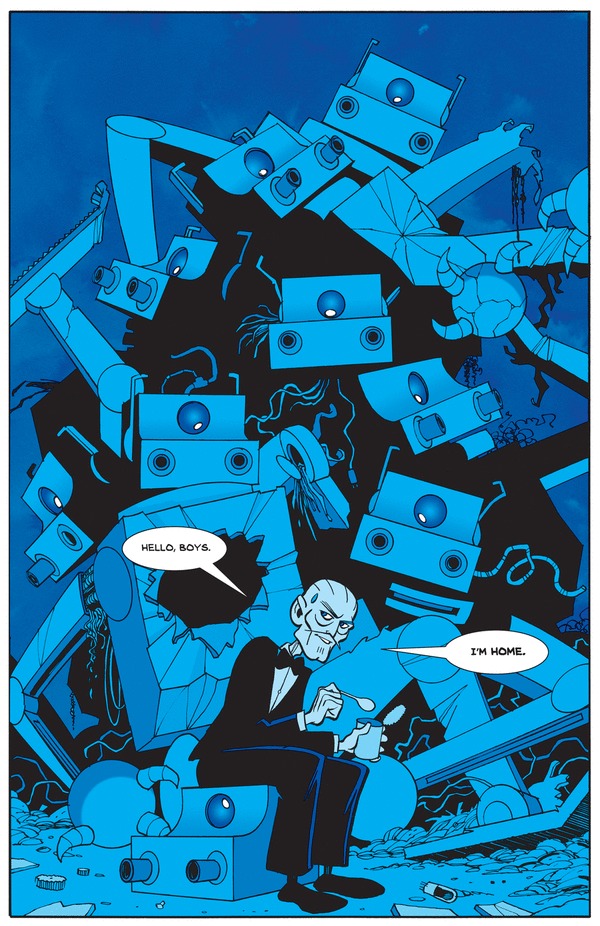 GC: A lot of artists imagine a musical score to go along with their comics. What does your inner score sound like for The Last Mechanical Monster? Along the same lines as the Fleischer cartoons or something brand new?
GC: A lot of artists imagine a musical score to go along with their comics. What does your inner score sound like for The Last Mechanical Monster? Along the same lines as the Fleischer cartoons or something brand new?
BF: Not “along the same lines as the Fleischer cartoons” but “EXACTLY the same as the Fleischer cartoons.” It’s a terrific classic score that’s absolutely perfect for the character and his world. Its only rival is John Williams’s “Superman” score, which I admit I sometimes played while I worked. In fact, the very first page of The Last Mechanical Monster with the curtain opening in an Art Deco movie palace is an homage to the first few seconds of that movie. I can hear the trumpets now.
GC: Lastly, what do you think of modern robot technology and its place in popular fiction? How would your characters have fared against, say, a mad scientist obsessed with Roombas?
BF: You wrapped up some interesting ideas in this question! One of the themes of my second book, Whatever Happened to the World of Tomorrow?, is that the popular view of science through the middle of the 20th century arced from optimism to pessimism, from utopia to dystopia. We went from Robby the Robot to Blade Runner. At the great 1939 World’s Fair, robots were going to be friendly helpers who would make everyone’s lives better and safer. Even the Fleischer robots had a sort of innocent charm to them. They were knocking over banks, not destroying cities or making a generation of workers obsolete. That’s an idea I wanted to explore in The Last Mechanical Monster: how would a mad inventor whose notion of super-criminality hardened in 1941 make out in the modern world? My answer: surprisingly well in some respects but dreadfully in others. My Inventor is still a genius — never underestimate the power of his mind! — but in a lot of ways, he’s also a lost innocent baffled by the history and culture that passed him by. And I’m pretty sure Roombas are just biding their time until we let down our guard, then they’ll attack.




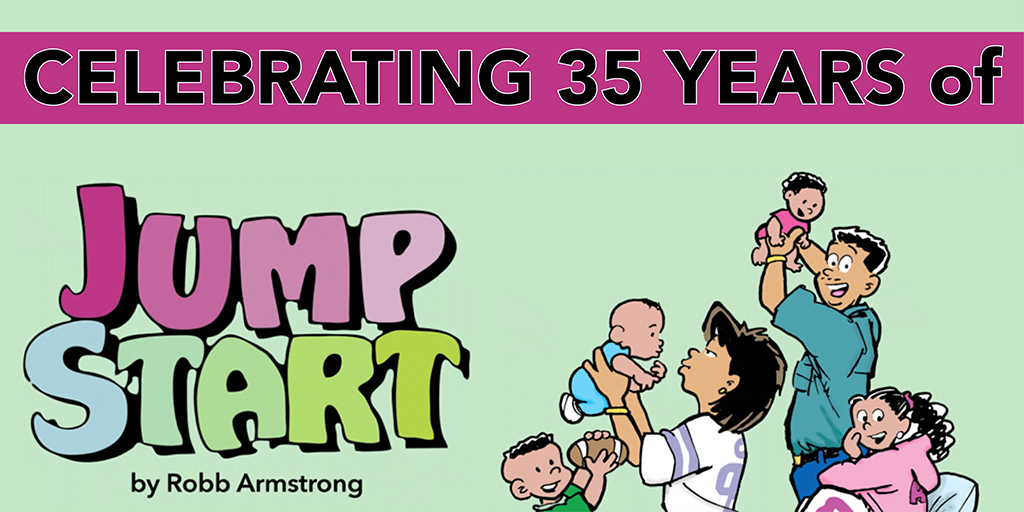
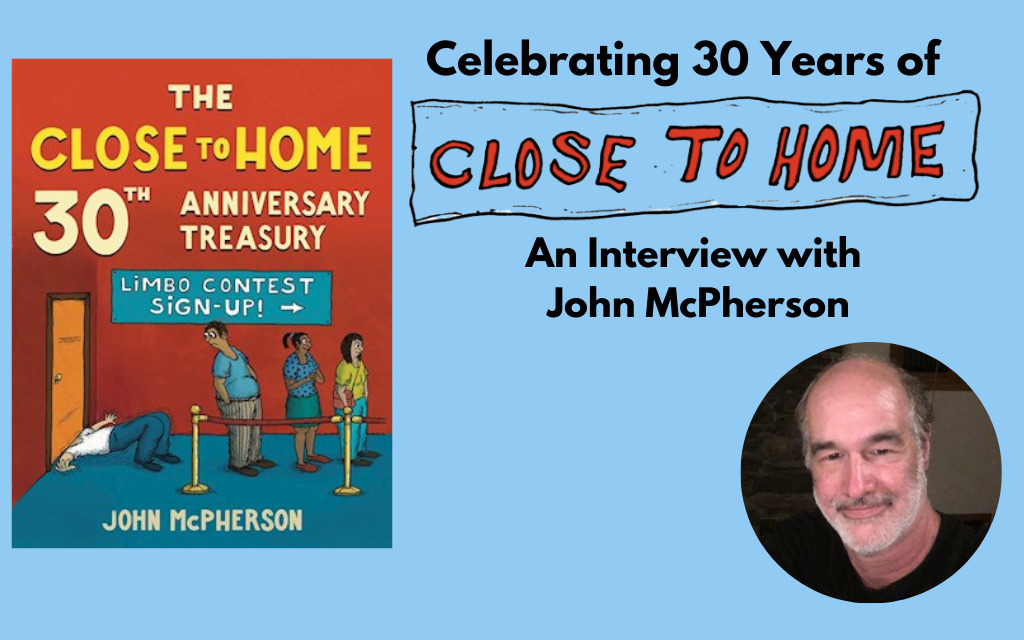

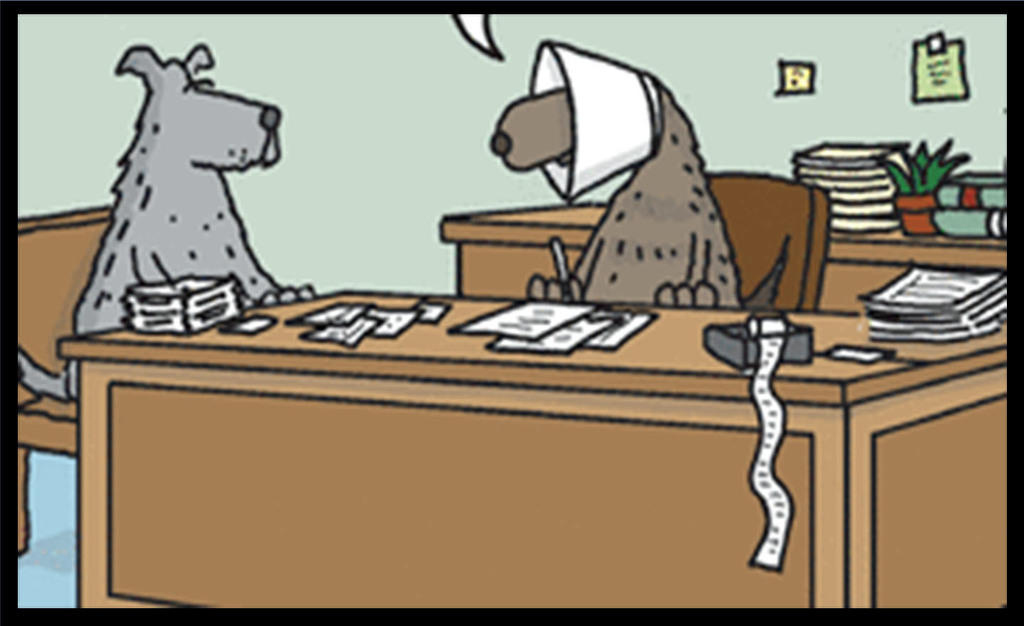
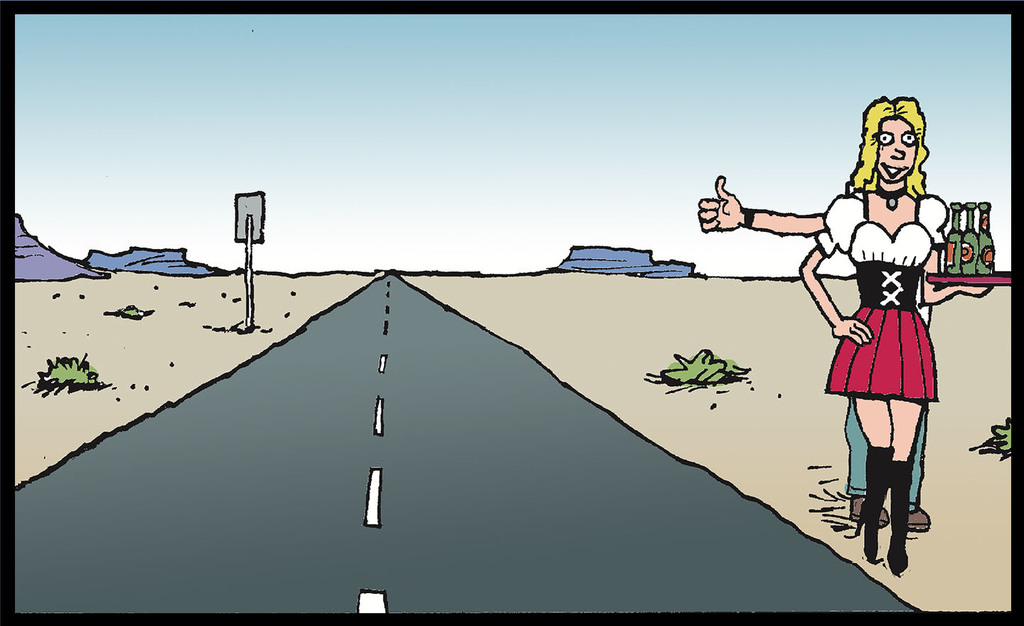
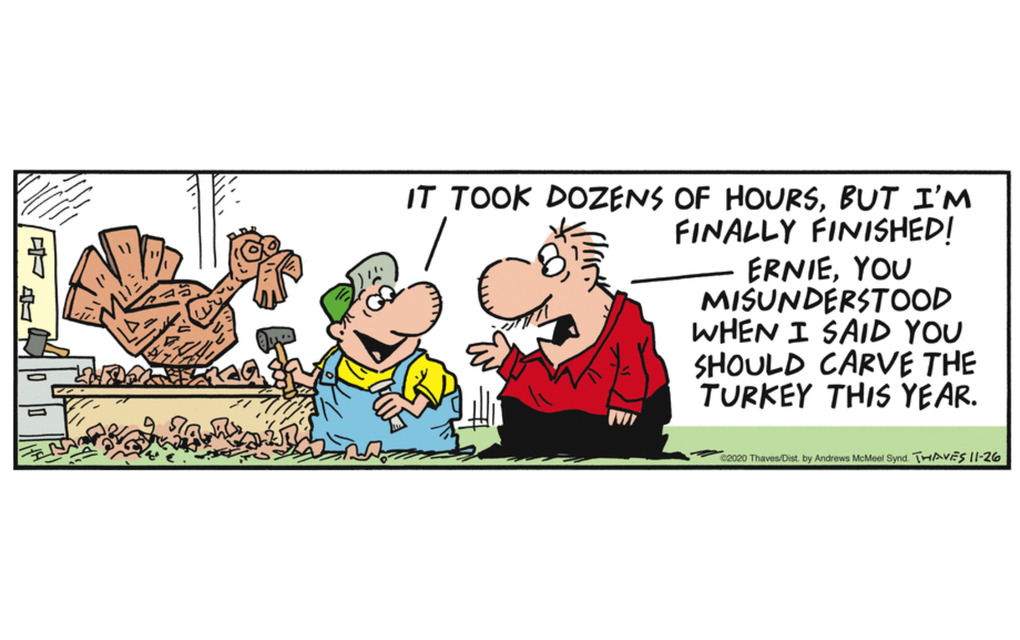


Comments
Featured Comment
Comment Policy
Sign in to comment